
High-tension electricity transmission lines
As the federal government makes a move to end payment of subsidy in the electricity sector, a report by the Nigerian Electricity Regulatory Commission (NERC) has shown that electricity consumers in Adamawa, Borno and Yola States will pay the highest tariff.
According to the 2024 Annual report by NERC, the states, which are under the Yola Electricity Distribution Company (YEDC), have an average N266.64 per kilowatt (kwh) which is N91.33kwh above the N175.31kwh.
According to the report, the high cost was due to higher operational costs and other unique factors (such as vandalism and insecurity in parts of the franchise area) which the Federal Government approved as part of the reprivatisation effort in 2021.
The report added that because the DisCo was allowed to charge its customers as other DisCos, it enjoyed the highest subsidy cost per unit of energy delivered (2 times the average subsidy per kWh of other DisCos).
It however said Ikeja and Eko DisCos had relatively lower cost reflective tariffs and subsidy allocations per unit of energy delivered.
“At the national level, the average CRT was N175.31/kWh, while the average allowed tariff was N100.27/kWh, resulting in an average subsidy of N75.04/kWh.
A comparison of the average allowed end-use customer electricity tariff in Nigeria in 2024 and the rates charged in selected African countries (predominantly West African countries).
“On average, across 2024, the average allowed customer tariff in Nigeria was US$0.07/kWh (approximately N100.27/kWh), which was the lowest tariff charged across the selected countries and represented only 35.71% of the average tariff charged in the other selected countries (US$0.19/kWh.
FG’s move to shift to cost reflective tariff
It would be recalled that the Minister of Power, Adebayo Adelabu, recently stated that the federal government is working on transitioning to a cost reflective tariff to stop an increase in the N4trn debt it owed the sector.
This is despite the increase of electricity tariff for Band A customers, electricity consumers have complained of low electricity supply and continuous payment of faulty electricity installation.
But Adelabu said the decision is critical to the economic growth and development of Nigeria.
“Currently, there’s a huge outstanding debt to the Power Generation companies in the form of unpaid government subsidies which stands at about N4trn as of December 2024. The Federal Government is already working out modalities to defray this obligation and to ensure that further obligations are not accrued going forward, the government is working on a plan to transition the sector to a fully cost-reflective regime while implementing targeted subsidies for the economically vulnerable citizens in the country.
The minister in a statement by his media aide, Bolaji Tunji, said improving power generation through recovery of idle capacities and expanding energy mix to ensure energy security, and to dilute the power pool with cheaper and cleaner energy sources would be a priority.
He announced the priorities of the government in power sector reforms to include “adressing the market liquidity issues and initiating required sector reforms.”
Poor region and struggling DisCos
Already, the two decades of insurgency in the three states had plunged millions of residents into poverty.
The targeting of electricity infrastructure by insurgents had triggered blackouts in several communities still connected to the grid.
The development had forced the federal government to remove Maiduguri from the grid as the city currently gets its supply through a gas powered plant.
While the security situation continues to put more citizens in poverty, YEDC had in 2020 projected poor performance between 2020 and 2024 if the security situation in the North East region remains unchanged.
The Disco gave the projection in its Five-Year Improvement Plan and Application for Extraordinary Tariff Review which was signed by its then Managing Director, Baba Mustapha and addressed to NERC.
Mustapha had said the insurgency made it impossible to issue bills and collect payments in the affected Business Units as some areas of its network have been damaged, and will require capEx to recover even to the level of assets at handover.
According to the report, completely disconnecting the affected units was not a practical course of action.
The appeal made NERC to issue a special status to the DisCo and among all the 11 DisCos it is the only one given a low benchmark in Aggregate Technical, Commercial and Collection (ATC&C) target which is 56 per cent.
This means that the company is not in crisis if it did not recover N44 from every N100 of energy given to it, though it performed better than Kaduna, Kano, and Jos DisCos in meeting its target during the year.
Similarly, the federal government takes responsibility of 93% of its market remittance in terms of subsidy, paying N67.32bn of its N72.66bn obligatory remittance to the market.
Improved economic activities can lower tariff in the region
Speaking with Daily Trust, the CEO at Sage Consulting & Communications, Bode Fadipe, said the cost of electricity in any state responds to the level of economic development and activities in the state.
He said where the level of economic activity is high, it inevitably follows that more people will live in such locations and there will be a spread of the tariff.
“Another reason to be considered is the level of development of the power infrastructure in the area under review. Once the power infrastructure is low, there will be a high loss incidence and that will inevitably affect the subsidy that will be demanded from the area.
“As a result of low economic activities, they are unable to pay for the amount of energy that they receive. We therefore see the issue of affordability. We must not lose sight of the issue of insecurity in the locations that you have identified. The little economic activities that take place there have been stifled by the unfortunate incidence of insecurity.”
He added that the linkage between operation performance in terms of cost recovery, technical losses and tariff payment is that where the economic activities are so low that people are barely able to survive, they will not remember to pay for their utilities.
He said, “Where the quality of power supply is also low, the people are not encouraged to pay for their electricity consumption. Where there is insecurity and the payment mode is manual, it will be difficult for them to also walk to the offices of the service provider to make payment for the services they have enjoyed.
“There are two types of shortfalls in the market broadly speaking. There is the tariff shortfall, which speaks to underpricing of the commodity and the market shortfall, which speaks to under-recovery of the allowable tariff. The allowable tariff is the tariff that the DisCo is allowed to charge per unit of electricity and not the cost reflective tariff.
“If the service provider is not allowed to charge the right tariff of about N260 per unit of electricity and even the one allowed to be charged is not fully collected, the challenge becomes what is called dual morbidity – it is death from two fronts.”
“The link with the ATC&C losses is that the technical loss is high because the power infrastructure encourages losses higher than what is allowed – usually sub 15%. But some of them are doing even up to 50% meaning that up to 50% of the electricity wheeled to the area is lost even before it gets to the customer for usage.
“Who will be responsible for that loss level – is it the customer that has not used the electricity or the generating company that has generated the power or the transmission and distribution whose network is not able to transport the electricity to the customer? Here lies the argument of energy economists that subsidy in real terms is the funding of inefficiency in the power sector.
“And you cannot agree with the proponents of that view because if a DisCo refuses to invest in its network and revenue recovery infrastructures such that it becomes tasking for the end user to find the electricity or to pay with ease or the network makes it easy for anti-social elements to steal electricity, who should be held responsible for that lapse or lacuna? And this goes to the commercial and collection losses.
“While the commercial loss deals with the wrong tariff placement, which is a reflection of fraud among the staff of the DisCo, inexperience and poor infrastructure, collection losses go to their inability to deploy enough resources for the collection of the revenue,” he added.
On what would happen if the government removes the subsidy, he said, “The scenario that will play out is clear as they will continue to ask for subsidy until such a time when the government will either say it cannot fund the subsidy again and it will allow the right tariff to be charged.
“In that case, the current owners will either take up the subsidy or some public-spirited persons will take the subsidy and pay for the people. The bottom line here is that there is no free lunch anywhere. Someone has to pay for it. The alternative, which is a long-term solution, is the improvement in the economic activities and consequently the power infrastructure.” (Daily Trust)
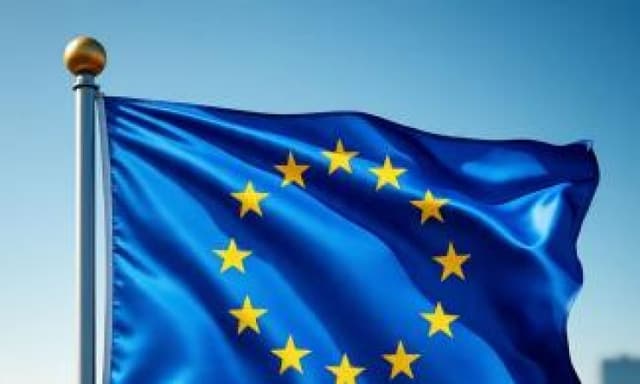
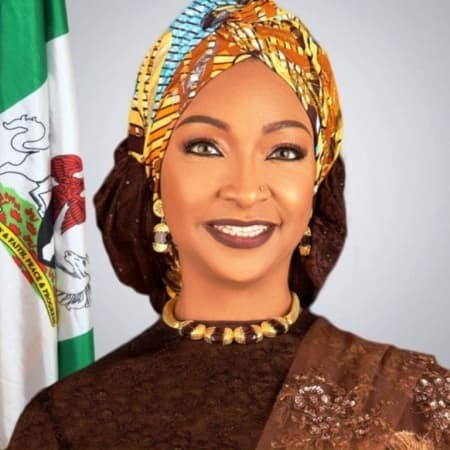

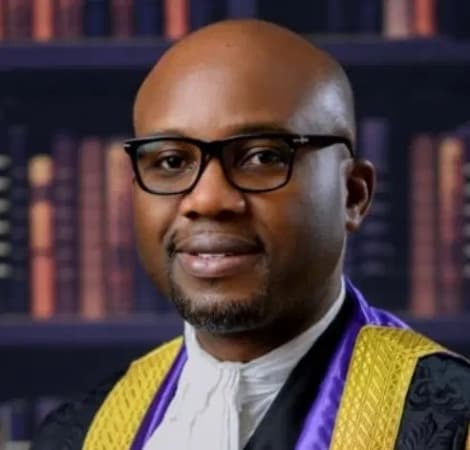
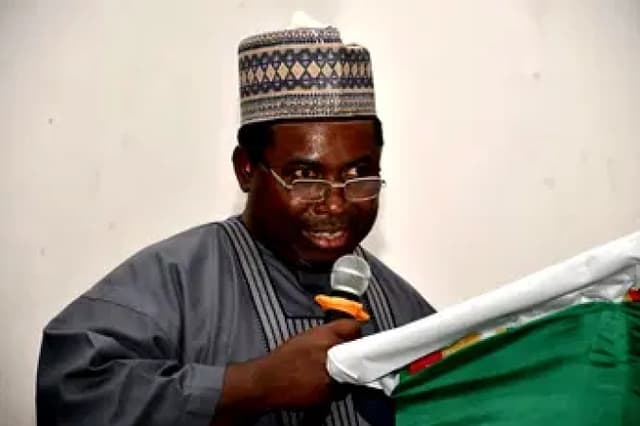
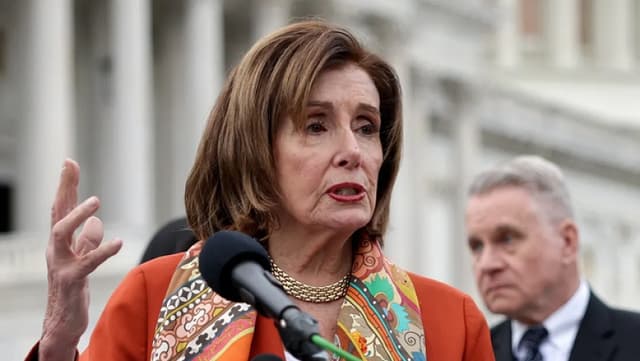


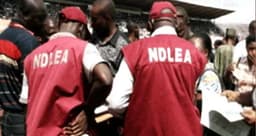

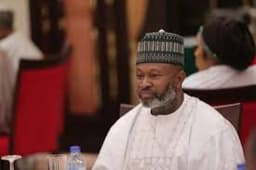

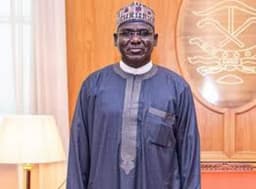
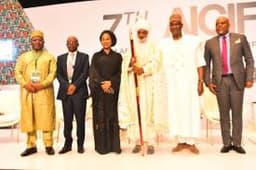




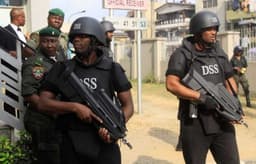
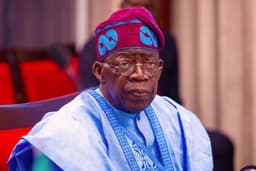
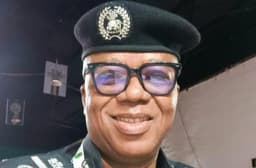
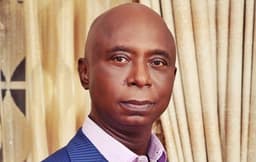
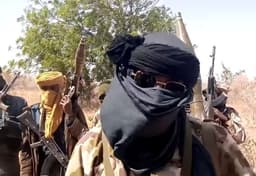
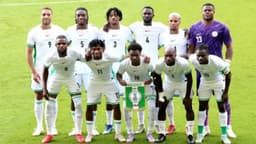
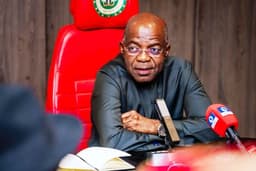


NEWS EXPRESS is Nigeria’s leading online newspaper. Published by Africa’s international award-winning journalist, Mr. Isaac Umunna, NEWS EXPRESS is Nigeria’s first truly professional online daily newspaper. It is published from Lagos, Nigeria’s economic and media hub, and has a provision for occasional special print editions. Thanks to our vast network of sources and dedicated team of professional journalists and contributors spread across Nigeria and overseas, NEWS EXPRESS has become synonymous with newsbreaks and exclusive stories from around the world.